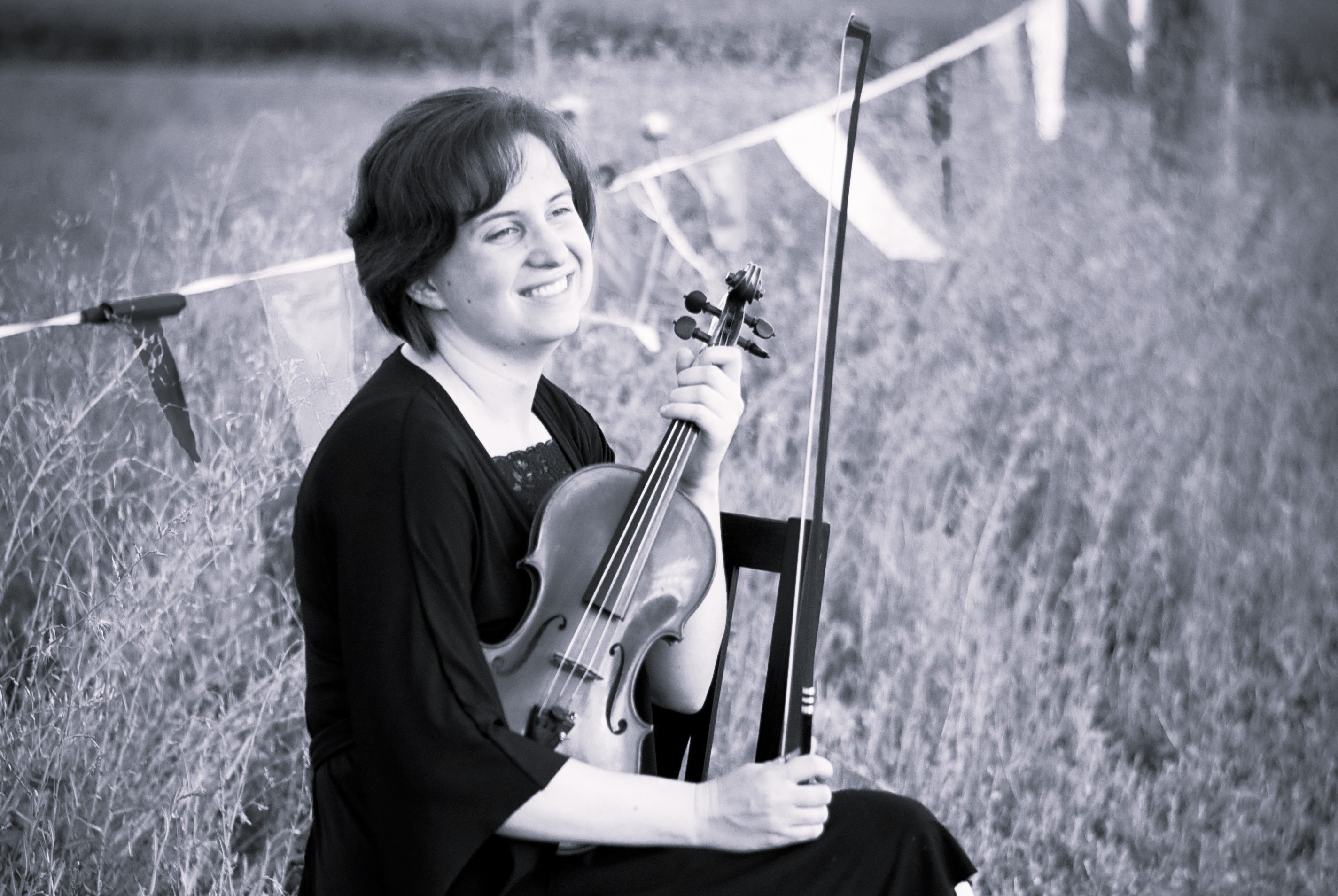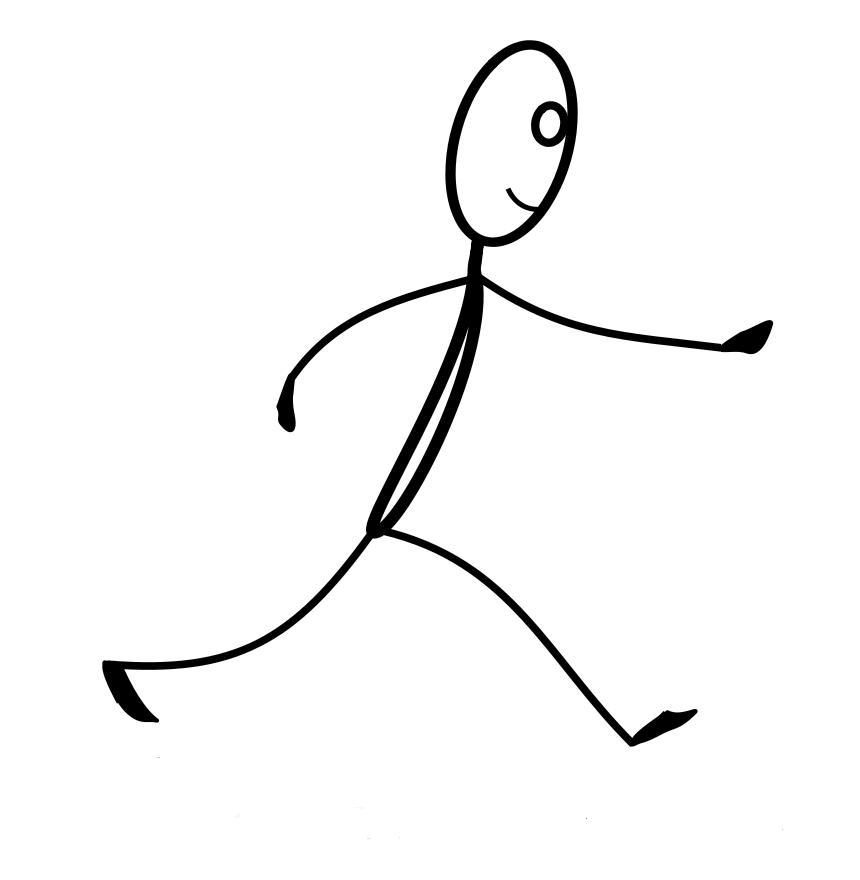
Cami Shaskin
Violin Blog
About
Updates
Quick Access
Archive
2021
Jan
2022 16 - Welcome to My Blog
23 - Violin Teaching Kits
Feb 06 - Valuable Techniques
07 - From the Top
20 - Violin Jokes
Mar 06 - Singing in Orchestra
13 - Nurtured by Love
21 - Helpful Websites
27 - Unique Case Uses
Apr 10 - All About Tone
24 - Teaching Values
May 02 - Believing Teachers?
29 - Our Quartet
Jun 26 - Violin Bridge Tips
Jul 07 - Clever Violin Memes
20 - Horses and Lions
Aug 04 - Music During Covid
16 - Favorite Music
Sep 12 - Being There
Oct 16 - Sight Reading Tips
Nov 05 - Why It's the Frog
Dec 20 - Bach on the Brain
30 - Impact for Life
Jan
Jul
Aug
Oct
Nov
2023 23 - Tendonitis Helps
Feb 21 - An Old Performance
Mar 23 - Cars3 & Coaching
Apr 29 - Preferred Brands
May 27 - Love: A Calling
JunJul
Aug
08 - Music Opens Doors
SepOct
Nov
27 - Useful Analogies
Dec 28 - A Humorous Anecdote
Jan
Feb
May
Jun
Aug
Oct
Nov
2024Feb
15 - Our Commonality
Mar 10 - Extras
18 - Autopilot
AprMay
Jun
06 - Motivation
JulAug
26 - The Ink
SepOct
Nov
26 - Music Copyright
Dec Jan
Mar
Sep
2025 15 - Fame and Fortune
FebMar
14 - Intermission
Apr 18 - A Day in the Life
May 02 - Oops!
Jun 14 - A Science or an Art?
Jul 15 - A Difficult Post
AugSep
20 - Anxiety Interview
Oct 02 - Sounds of Italy
Nov No posts to display.
Dec No posts to display.
Jan
Feb
Aug
Feb
No posts to display.
Mar No posts to display.
Apr 17 - Bittersweet Moments
May No posts to display.
Jun No posts to display.
JulAug
No posts to display.
Sep No posts to display.
Oct 31 - My Video Series
Nov No posts to display.
Dec No posts to display.
Posts
Favorite Music Quotes
Like a prismatic glass,
It takes the light and ranges
Through all the moods that pass;
Dissects the common carnival
Of passions and regrets,
And gives the world a glimpse of all
The colours it forgets."
--Alfred Noyes
Source
"Performing good music, for me, has been like opening the back door to my heart and unexpectedly discovering a princess inside."
--Cami Shaskin
"To send light into the darkness of men's hearts - such is the duty of the artist."
--Robert Schumann
Source
"For heights and depths no words can reach, music is the soul's own speech."
--Attr. to Anita Robertson
Source
"The true artist is not proud, he unfortunately sees that art has no limits; he feels darkly how far he is from the goal; and though he may be admired by others, he is sad not to have reached that point to which his better genius only appears as a distant, guiding sun."
--Beethoven, Beethoven's Letters
Source
"The most effective preaching of the gospel is when it is accompanied by beautiful, appropriate music."
-- President Harold B. Lee, in Conference Report, Apr. 1973, 181
Source
"In the Church we need better music and more of it, and better speaking and less of it."
--Adam S. Bennion of the Quorum of the Twelve Apostles
Source
"If I were not a physicist I would probably be a musician."
--Albert Einstein
Source
Pablo Casals, world-famous cellist, was asked why he continued to practice four or five hours every day at the age of eighty-three. "Because I think I am making progress," he responded.
Source
"Music gives a soul to the universe, wings to the mind, flight to the imagination and life to everything."
--Plato
Source
"The music is not in the notes, but in the silence between."
--Wolfgang Amadeus Mozart
Source
"Amateurs practice until they get it right; professionals practice until they can't get it wrong."
--Attr. to music professor Harold Craxton
Source
"Where words fail, music speaks."
--Hans Christian Andersen
Source
"To play a wrong note is insignificant; to play without passion is inexcusable."
--Ludwig Van Beethoven
Source
"There is no music in hell, for all good music belongs to heaven."
--Brigham Young
Source
| Love it | Interesting | Inspiring | Want to share |
 |
 |
 |
 |
| 0 | 0 | 1 | 0 |
Like this post? Link back to it later by copying the URL below.
© 2021-2025 All Rights Reserved
This content has been proven to be completely dairy-free, gluten-free, sugar-free, and made from code not treated with rBST. No animals were harmed in the making of this blog. The views presented do not necessarily represent the views of Ms. Shaskin's neighbors, kin, the U.S. government, or a mysterious worldwide network of musicians. Any reproduction, retransmission or reposting of content without crediting the author (basically me) is prohibited. Free Wi-Fi not included. If this is a life-threatening emergency, close your browser and dial 911.



